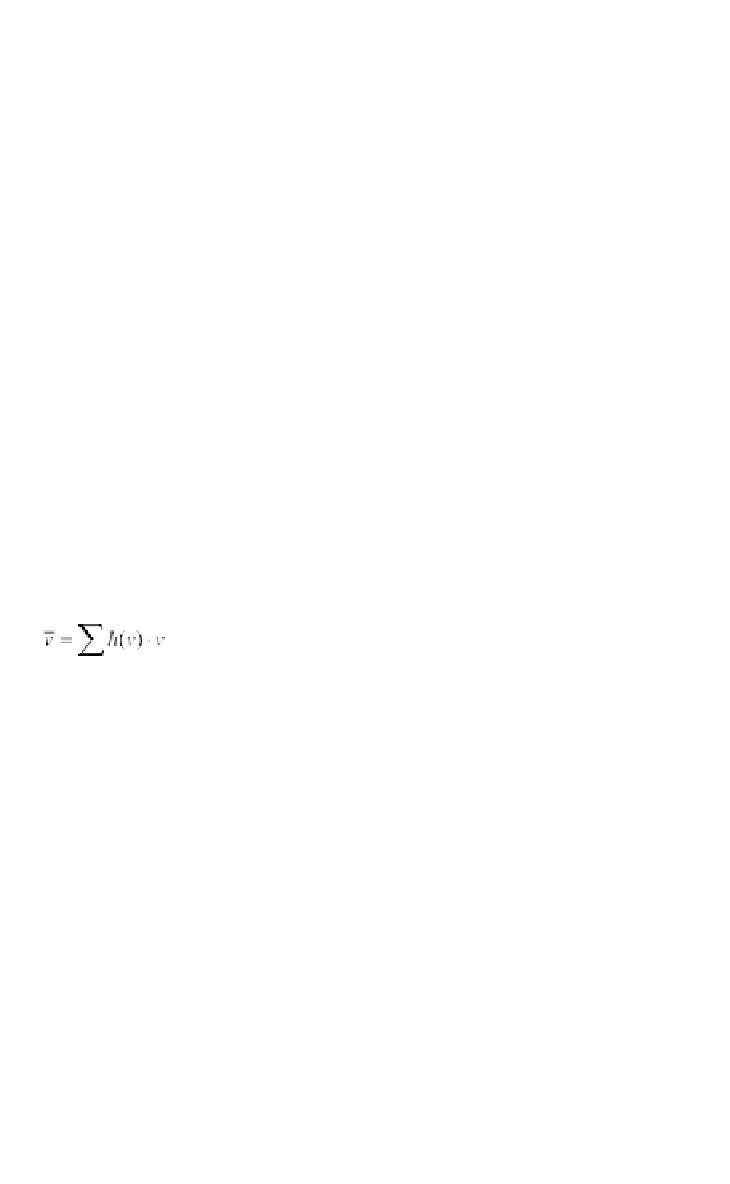Environmental Engineering Reference
In-Depth Information
Figure 5.1
Wind Speed Distribution for Karlsruhe in Inland Germany in
1991/1992
speed is recorded only every 10 min or even every hour, further calculations
on wind generator yield can produce high errors because the energy of the
wind does not depend linearly on the wind speed. A solution that avoids this
error is to record the average of the wind speed cubed.
The mean wind speed can be easily calculated:
(5.1)
However, the mean wind speed can only partly describe the potential of a site,
because the wind distribution may be continuous wind or long calm periods
interspersed with periods of very high wind speeds. The wind energy in these
two cases can be totally different. Nevertheless, the mean wind speed is often
used to give the site quality.
Good wind maps that show the mean wind speed exist for most countries
(e.g. Troen and Petersen, 1989). In coastal areas, mean wind speeds of 6 m/s
or more can be reached; in inland areas it can be below 3 m/s. Mountainous
regions also offer good wind conditions. Today digital wind maps also exist
and computer programs can estimate wind speeds even for locations where no
measurements have been taken (e.g. Risø National Laboratory, 1987).
A wind speed frequency distribution gives much better information about
the wind conditions of a certain site than the mean wind speed. The frequency
distribution can be given as tables with wind speed intervals or as statistical
functions. The most common statistical functions that are used for wind power
calculations are the Weibull and the Rayleigh distributions.
The
Weibull distribution
of wind speed
v
with shape parameter
k
and
scale parameter
a
is given by:



